How to Prevent Heartburn From Coffee
Most of us can’t live without at least one cup of coffee to get going in the morning. But, what do you do if you get heartburn from coffee? Here are some tips to reduce acid reflux and heartburn from your coffee.

Signs of heartburn or GERD
Although people tend to refer to heartburn as a medical condition, it is actually a symptom of acid reflux or GERD (gastroesophageal reflux disease).
Despite its name, heartburn has no connection to the heart. Instead, it describes the burning feeling you might experience in your chest when acid from your stomach flows back into your esophagus (the tube that connects your stomach to your mouth) through the lower esophageal sphincter .
This backflowing of acid – better known as acid reflux – is something that many people experience from time to time. GERD, however, is a chronic (long-lasting) condition that develops when acid reflux occurs repeatedly.
The common signs of heartburn, reflux, or GERD include:
- Pain in the upper abdomen or chest
- A burning sensation in the chest – especially after eating
- Regurgitation of food or a sour-tasting liquid
- A persistent sour taste in your mouth
- Bad breath
- Difficulty swallowing
- Feeling as if there is a lump in your throat
- Hoarseness
- Frequent hiccups
- A recurring cough
- Bloating
- Feeling sick
- An increase in the symptoms of asthma
Many of these heartburn symptoms get worse when you lie down or bend over.

Natural acids in coffee
If you suffer from heartburn, acid reflux or GERD, you may notice that your symptoms become worse after drinking coffee. But why is that?
The answer is that coffee contains a large number of naturally occurring acids that can lead to symptoms of heartburn.
Acidity is expressed in terms of a pH value. The pH scale ranges from 0 to 14, but only solutions with a pH value of between 0 and 7 are considered to be acidic.
Studies have shown that the average pH value of most coffees is between 4.85 and 5.13.
The type and amount of acids in your coffee are affected by a number of factors.
These include:
- The conditions in which the coffee plant grew (at high altitude, in shade, etc.)
- Processing methods
- Roasting methods, which can convert and break down acids
- The brewing process
The major acids in coffee (from greatest to least) are chlorogenic, quinic, citric, acetic, lactic, malic, phosphoric, linoleic, and palmitic.
Chlorogenic and quinic acids both give coffee its bitter flavor. Citric acid tends to diminish during the roasting process, with the average medium roast losing about half of its initial citric acid concentration.
Meanwhile acetic acid – which we are more familiar with as the active ingredient in vinegar – is produced when coffee is processed. But this, too, starts to diminish as the beans are roasted. The darker they are roasted, the less acetic acid they will contain.
It is these natural acids in coffee that may trigger the uncomfortable symptoms of acid reflux and GERD.
See the best low acid coffee brands or consider making my Herbal Coffee recipe. You may also like my article with the best low-acid coffee at Starbucks.
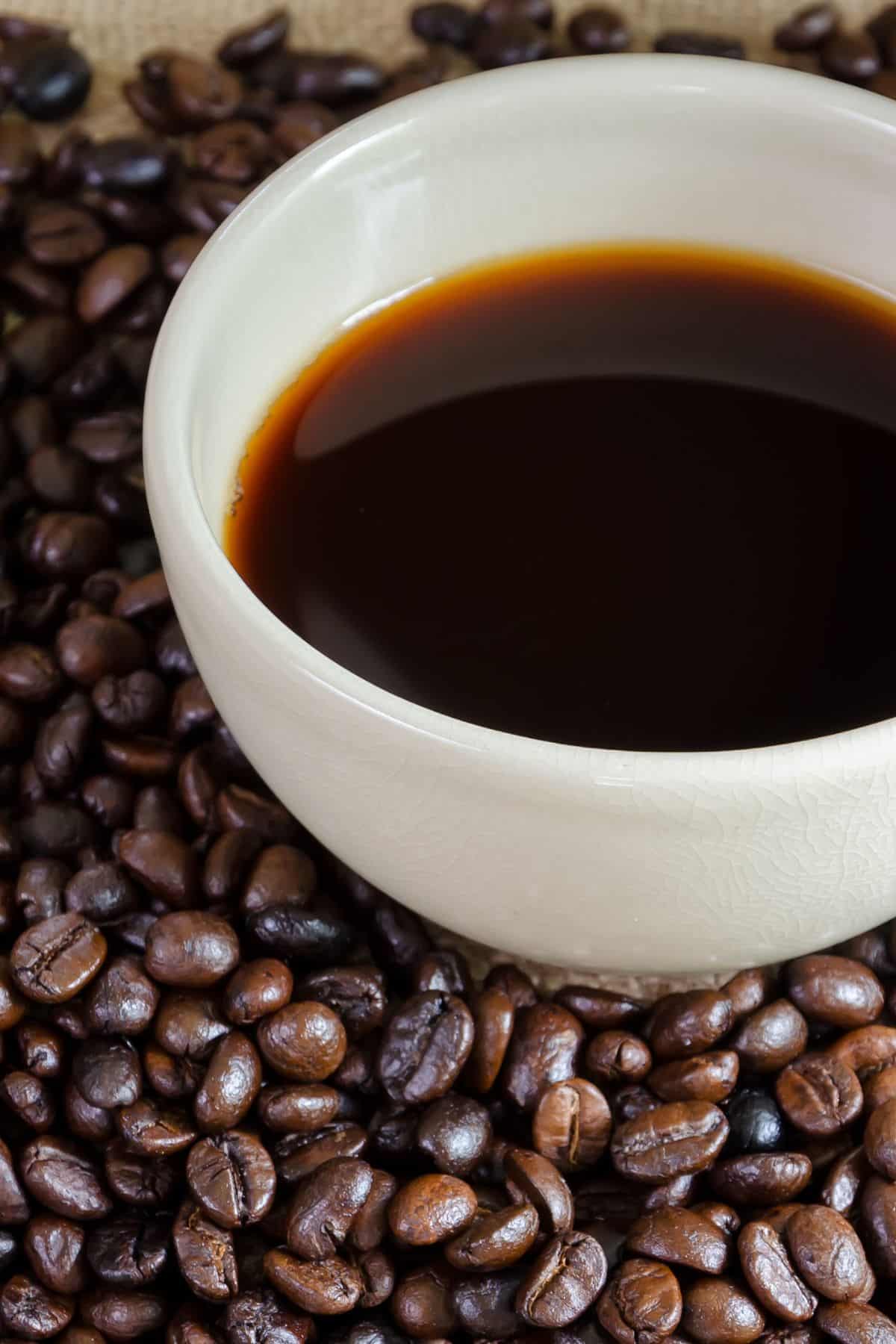
How to Prevent Heartburn with Coffee
No one wants to experience the discomfort of heartburn – but the thought of giving up coffee altogether can be daunting!
The good news is that there are different things you can try to minimize symptoms while continuing to enjoy your daily cup of joe!
1. Limit caffeine
The first step and one of the best ways to reduce coffee heartburn is to try to cut down on the amount of caffeine you are consuming.
Although there is little scientific evidence to support it, many people feel that their reflux or GERD symptoms are aggravated by caffeine.
So you might want to give decaffeinated coffee (otherwise known as decaf) a try. This is made with coffee beans from which at least 97% of the caffeine has been removed. See my list of the best organic decaf coffee brands.
Studies have demonstrated that consuming decaf coffee can significantly reduce the symptoms of acid reflux.
Decaf is comparable in flavor to regular coffee, although some people find the taste and smell a little more mellow. Most types of decaf coffee will just have a few milligrams or caffeine content, as opposed to close to a 100 mg of caffeine from a cup of regular coffee.
If you really don’t want to give up your caffeine, you could try a “half-caf” cup of coffee to see if that helps. This will at least reduce your caffeine intake in half.

2. Choose a dark roast variety
The way in which coffee beans are roasted determines how much acid they will ultimately contain. The levels are influenced by both the roasting temperature and the time taken.
Research has shown the levels of chlorogenic acid are lower in coffee beans that have been roasted at higher temperatures and for a longer period of time.
This means that you should pick darker roasts instead of light roasts as these will be less acidic.
3. Use a fine grind
It may sound strange, but the size of the coffee grounds influences just how acidic they are!
If the grounds are smaller, the exposed surface area is greater relative to volume. This means that more acids are extracted as the coffee brews.
Using a finer grind can thus result in your cup of coffee being less acidic.
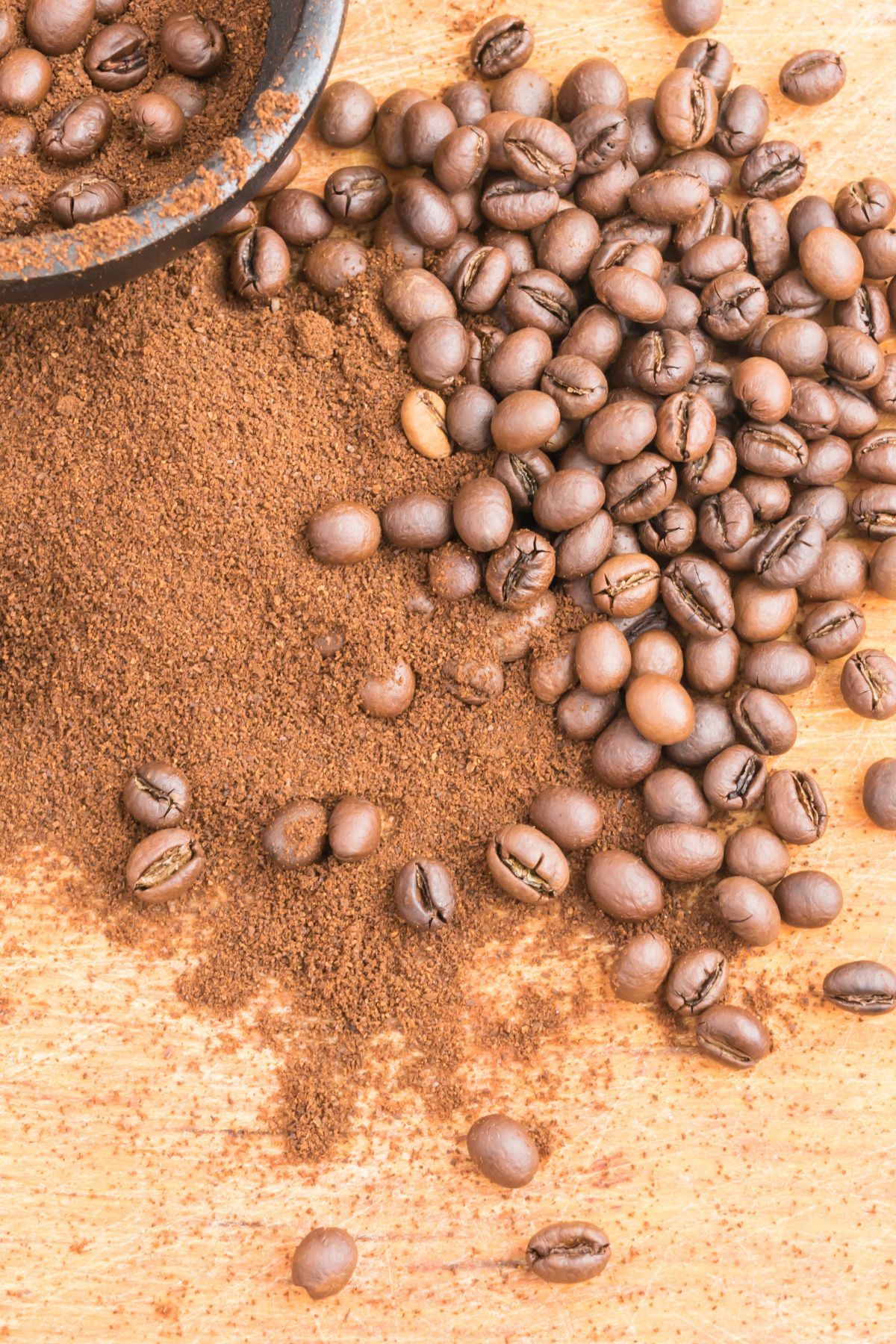
4. Reduce other triggers
Although you may notice a worsening of your reflux symptoms after drinking coffee, there may be other factors playing a part, too.
Smoking is a common trigger for reflux and heartburn, so if you tend to have a cigarette along with your coffee, this is (another) good reason to quit!
Other triggers include:
- Drinking coffee (or eating food) too close to bedtime
- Consuming very large meals or eating spicy foods or acidic foods
- Drinking alcohol
- Taking certain medications, such as Ibuprofen and aspirin
You should also check that your clothing is not too tight around your waist to prevent pressure on your abdomen.
5. Consider cold-brew coffee
If you’ve never tasted cold brew coffee, it would definitely be worth giving it a try!
It is made by steeping coffee grounds in either cold or room temperature water over a period of hours (anywhere from 8 to 24, depending on preference). This gives you quite a different flavor to hot brewing – one that is much more mellow, with mild notes of chocolate.
The resulting cold-brew coffee has also been shown to be far less acidic.
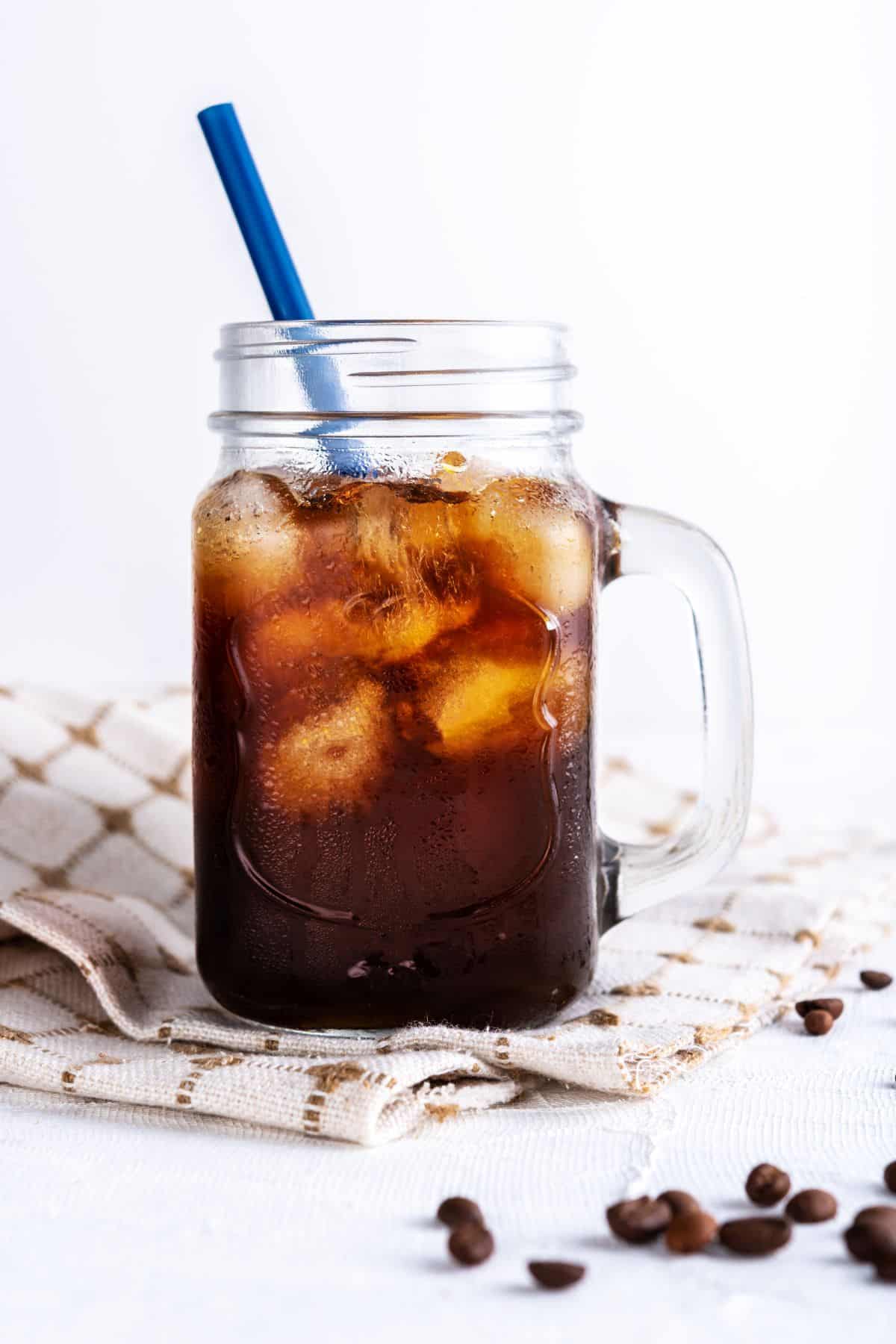
6. Try a low-acid brand
Complaints about acidity levels in coffee from reflux sufferers have prompted manufacturers to come up with low-acid alternatives. Some may have been processed using techniques like slow-roasting to reduce acidity. Others may come from plants that are naturally lower in acids.
Coffee beans from Peru, Indonesia, and Nicaragua are all good choices as they are grown at low altitudes and therefore naturally low in acids. Other low-acid alternatives include coffees from Brazil, East Timor, and Java.
If you would prefer a coffee that is completely non-acidic, you might like to try something a little different. Options include chicory coffee; chicory blends with barley and/or rye; or dandelion coffee, made with roasted dandelion root.
See my post on the best brands of low-acid coffee!
7. Limit your intake or take a break
If all else fails, consider taking a break from drinking coffee, or simply cutting back on how much you consume.
To start with, monitor how many cups of coffee you are drinking each day. Is there a particular trigger that encourages you to reach for one? If so, look for alternatives you could consume in those situations.
Start cutting back gradually so that you don’t experience any withdrawal symptoms. At first, this can mean simply reducing the size of each cup of coffee you drink. And aim to cut out those late-night coffees rather than the ones you enjoy in the mornings.
Drinking coffee at night is more likely to trigger your reflux symptoms.
You can also try swapping coffee for my Herbal Coffee recipe which is completely coffee-free.
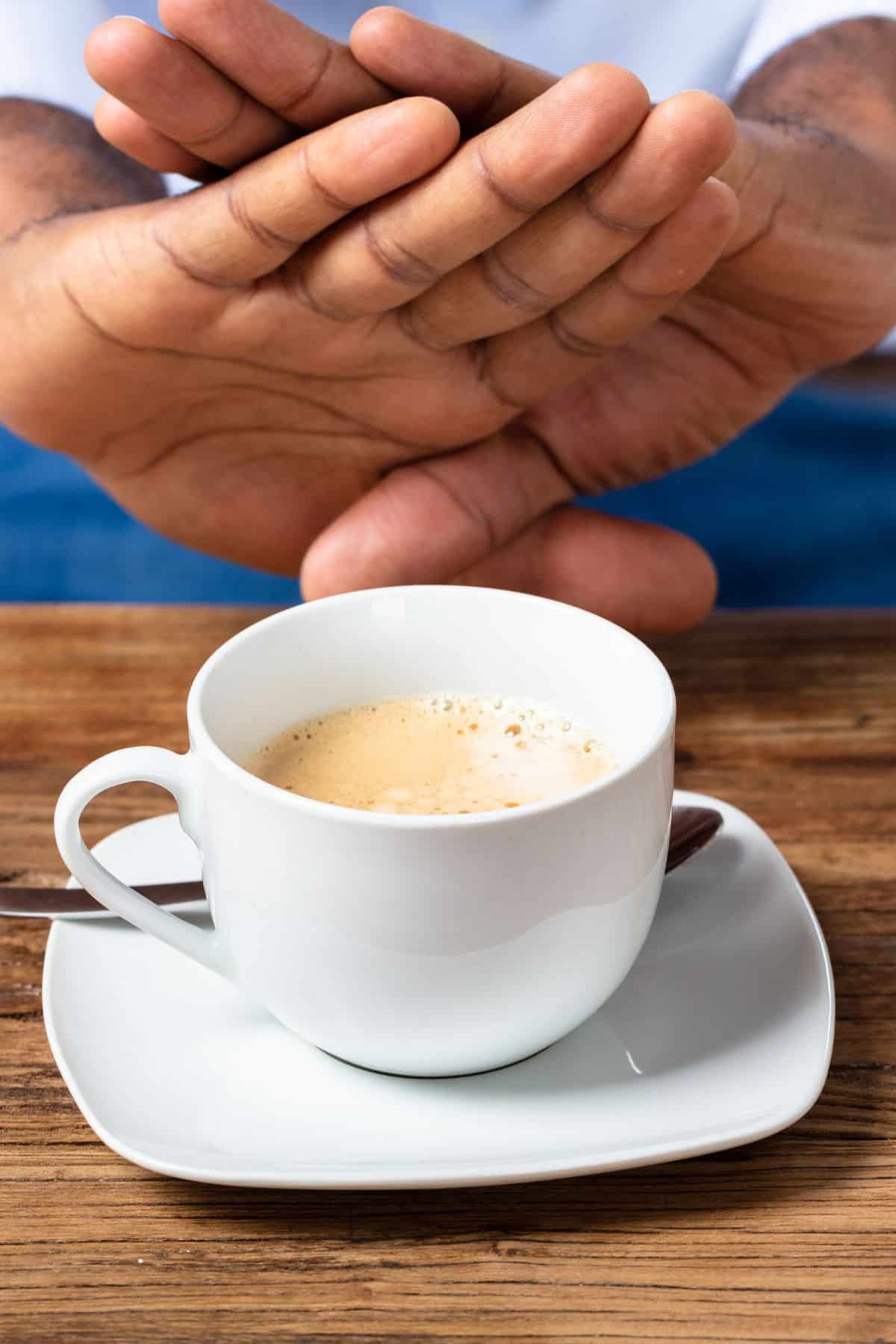
Additional Recommendations
Be sure to check with your doctor if you’re having a lot of heartburn, but you could also try lifestyle changes such as not drinking coffee on an empty stomach, using a paper filter when you brew your coffee, and eating smaller meals in general.
If you are overweight or obese, you may consider weight loss as a way to help reduce the symptoms of acid reflux.
More Helpful Coffee Resources
Conclusions
Enjoying a cup of coffee shouldn’t mean having to experience heartburn and other issues with reflux.
With any luck, trying a new brand or changing the way in which you prepare your cup will give you some relief from your symptoms. I hope that one of these alternatives works well for you so that you can continue to enjoy your daily brew.
Don’t forget to join my newsletter list to get exclusive clean eating recipes and tips. The newsletter is 100% free with no spam; unsubscribe anytime.
About the Author: Carrie Forrest has a master’s degree in public health with a specialty in nutrition. She is a top wellness and food blogger with over 5 million annual visitors to her site. Carrie has an incredible story of recovery from chronic illness and is passionate about helping other women transform their health. Send Carrie a message through her contact form.
Note: this post is for informational purposes only and is not intended as medical advice. Please consult your healthcare provider for recommendations related to your individual situation.












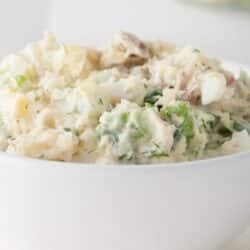


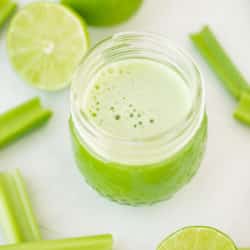


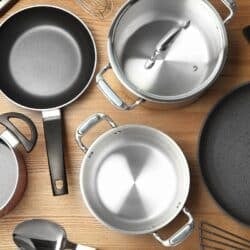
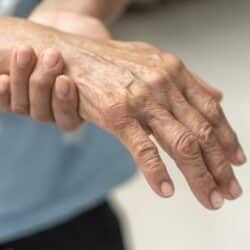



Good article. Another brand of organic, fair trade, decal (and regular) coffee I buy is Pachamama. Cutting back on regular coffee did help my heartburn, and I’m now decaf completely. I can’t tell the difference, taste wise, with a good decaf product.